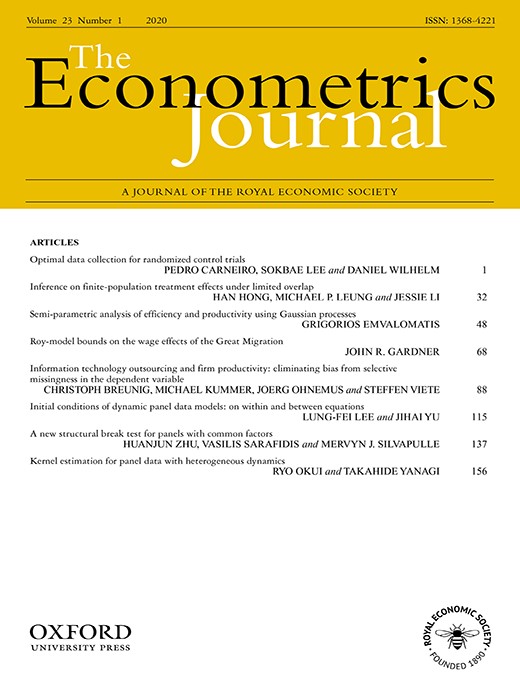-
Views
-
Cite
Cite
John R Gardner, Roy-model bounds on the wage effects of the Great Migration, The Econometrics Journal, Volume 23, Issue 1, January 2020, Pages 68–87, https://doi.org/10.1093/ectj/utz014
Close - Share Icon Share
Summary
This paper combines a Roy model of migration and counterfactual wages with racial differences in migration rates during the Great Migration to recover lower bounds on black–white differences in the wage impacts of northward migration. Identification is predicated on the idea that, when migration is more selective for whites, regional wage differentials for whites will be more contaminated with selection bias. In this case, the black–white difference in North–South wage differentials bounds the racial difference in wage impacts from below. Furthermore, as long as the impact of migration on whites’ wages is nonnegative, a lower bound on the black–white difference in wage impacts is also a lower bound on the impact itself for blacks. Applying the identification result, I find that northward migration increased blacks’ wages by at least 36% more than whites’, and hence by at least 36%, on average between 1940 and 1970.





